Buddhism and the environment: Impermanence, compassion, and climate responsibility
The ecological crisis we face today is not merely a scientific or political issue, it is also a profound ethical and spiritual challenge. Climate change, species extinction, deforestation, and the degradation of ecosystems confront us with questions about our responsibilities to other beings and to future generations. Buddhism, with its deep emphasis on interdependence, compassion, and mindfulness, offers a meaningful framework to understand and respond to these challenges.

The last batch of sawnwood from the peat forest in Indragiri Hulu, Riau Province, Indonesia. Deforestation for oil palm plantation. Source: Wikimedia Commonsꜛ (license: CC BY-SA 2.0)
While the doctrine of impermanence (anicca) teaches us that all things, including the natural world, are in constant flux and ultimately subject to decay, this insight does not justify apathy. Instead, it urges us to meet the reality of change with awareness and compassion. Suffering (dukkha) arises not from impermanence itself but from clinging, greed, and delusion, i.e., forces that also lie at the root of environmental destruction.
In this light, the Buddhist path encourages a Middle Way: to neither deny the impermanence of nature nor resign ourselves to ecological collapse, but to engage with the world from a place of mindful care. Accepting the inevitability of change can deepen our compassion for all beings whose lives are threatened by climate instability. A Buddhist approach to environmentalism is thus not about preserving a static nature, but about cultivating the wisdom and empathy needed to live in harmony with the living planet.
Nature in classical Buddhist thought
Classical Buddhist thought is grounded in a vision of reality as interconnected, impermanent, and devoid of inherent selfhood. This vision applies not only to human existence but to all phenomena, including the natural world. The doctrine of dependent origination (paṭicca samuppāda) teaches that all things arise in dependence upon causes and conditions. No being or object exists in isolation; everything is part of a vast web of interrelated processes. This principle undermines the dualistic view that separates humans from nature and invites a deep sense of ecological interconnection.
Impermanence (anicca) is another central concept that speaks directly to ecological awareness. Forests grow and decay, rivers change course, climates shift, and species come and go. Recognizing impermanence does not mean surrendering to fatalism, but rather awakening to the fragile and transient beauty of life. This awareness can inspire care rather than control, reverence rather than exploitation.
Equally important is the concept of non-self (anattā), which dismantles the idea of a permanent, autonomous self. When applied to ecological thought, it challenges the illusion that human beings are separate masters of an external world. Instead, it suggests that our identities are enmeshed in the living systems around us: in air, water, soil, and fellow creatures.
Early Buddhist texts often depict Siddhartha Gautama engaging with nature not as a backdrop but as an active setting for insight. Enlightenment occurs under a tree; sermons are delivered in forests and mountains; the natural world is not something to be transcended, but a space through which awakening becomes possible. These portrayals reinforce the idea that nature is not an obstacle to spiritual progress, but an integral part of it.
The ethical basis for ecological care
At the heart of Buddhist ethics lies the principle of compassion (karuṇā), a deep and active concern for the well-being of all sentient beings. This compassion is not selective or anthropocentric; it extends to animals, insects, and all forms of life that experience suffering. From this standpoint, environmental destruction is not only a practical problem but a moral crisis, as it causes widespread harm to countless beings, many of whom have no voice or power to resist.
The First Precept, to abstain from killing, embodies the principle of non-harming (ahiṃsā). This extends beyond interpersonal violence to include indirect forms of harm such as the destruction of habitats, pollution, and the acceleration of climate change. Living in alignment with this precept means adopting a lifestyle that minimizes suffering, not just to fellow humans but to all life impacted by one’s actions.
Right livelihood, one of the steps on the Noble Eightfold Path, further supports ecological mindfulness. It encourages individuals to avoid occupations that cause harm and instead engage in work that contributes positively to life. In a modern context, this can translate into choices that reject exploitative industries and embrace sustainable practices. Simplicity, moderation, and voluntary restraint, all traditional Buddhist values, naturally align with ecological sustainability.
The Bodhisattva ideal, especially prominent in Mahāyāna traditions, expands ethical responsibility beyond personal liberation to include the welfare of all beings. A Bodhisattva vows to delay their own final liberation in order to assist others on the path to awakening. This altruistic orientation can be applied globally: to protect ecosystems, advocate for environmental justice, and care for the planet not as a resource to be consumed, but as a community to be nurtured. In this light, ecological action becomes a sacred expression of the Bodhisattva path.
Impermanence and ecological awareness
A central teaching of Buddhism is the recognition that all conditioned phenomena are impermanent (anicca). This includes not only human life, but also mountains, rivers, forests, and entire ecosystems. Accepting this truth can lead to wisdom, yet it also presents a danger: the misunderstanding that impermanence means we should disengage from the world or remain passive in the face of its decline. Buddhist practice, however, calls for neither denial nor apathy. Instead, it encourages active awareness, rooted in clarity and compassion.
Accepting natural cycles of change does not imply surrender to ecological devastation. On the contrary, it invites us to let go of the illusion of control while still engaging responsibly. Nature has always transformed: species evolve and vanish, climates fluctuate, and landscapes shift. These are part of the world’s natural impermanence. But what we face today is not just natural change. It is anthropogenic destruction, driven by greed, overconsumption, and technological hubris. To confuse these two is to miss a crucial ethical distinction.
Mindfulness (sati) plays a critical role here. When applied to environmental awareness, it cultivates a sensitivity to the impact of our choices: how we eat, travel, build, and consume. Mindfulness brings us face-to-face with the reality that our habits of consumption are deeply intertwined with suffering: the suffering of animals, of displaced communities, of future generations. It is through this awareness that transformation begins.
Letting go, in this context, does not mean withdrawal. It means releasing the compulsion to dominate or extract from nature. It means stepping back from unsustainable habits and stepping into harmony with the rhythms of life. Impermanence, rightly understood, becomes a call not to despair but to cherish: to see clearly the fleeting beauty of this world and to care for it with humility and resolve.
Climate change and the suffering of beings
In Buddhist thought, suffering (dukkha) is a fundamental feature of existence, caused by ignorance, craving, and attachment. Climate change intensifies dukkha on a global scale by amplifying the conditions that lead to suffering: displacement, food and water insecurity, economic instability, and the loss of life-sustaining ecosystems. As extreme weather events become more frequent, sea levels rise, and biodiversity collapses, vast numbers of human and non-human beings are subjected to new and profound forms of distress.
The burden of this suffering is not distributed evenly. Vulnerable communities, those in poverty, living in low-lying coastal regions, or dependent on fragile agricultural systems, are often the least responsible for environmental degradation yet suffer its consequences most acutely. The same is true for non-human beings: animals and entire species are driven to extinction, not through natural causes, but through human-induced habitat loss, pollution, and climate disruption. From a Buddhist standpoint, this exacerbates dukkha unjustly and calls for a moral response rooted in compassion and responsibility.
In response, many Buddhists have embraced the principles of engaged Buddhism, a movement that seeks to bring contemplative wisdom into social and ecological action. Inspired by teachers like Thich Nhat Hanh, Joanna Macy, and the Dalai Lama, practitioners have engaged in activism ranging from environmental education and reforestation efforts to protests against destructive industries. These actions are not seen as political in the narrow sense, but as expressions of the Bodhisattva vow, to alleviate the suffering of all beings.
One well-known example is the practice of tree ordination in Thailand, where monks symbolically ordain trees as members of the monastic community. This ritual imbues the forest with sacred value and functions as a powerful protest against deforestation. Other examples include the planting of peace forests by Japanese Buddhist groups, and the environmental campaigns led by Tibetan communities in exile, often framed within a spiritual ethic of stewardship and interdependence.
Buddhist responses to climate change thus combine philosophical insight with ethical urgency. Recognizing the depth of suffering caused by ecological disruption compels not retreat but action, grounded not in fear, but in the compassionate resolve to protect life in all its interwoven forms.
Buddhist practices for environmental consciousness
Buddhist practice is not confined to the meditation cushion or monastic setting. It is a way of being in the world, grounded in awareness, ethical action, and compassionate presence. These qualities form the foundation for a range of practices that support environmental consciousness and ecological responsibility.
Meditation on interbeing and nature is a contemplative method that deepens one’s sense of connectedness with all life. Inspired by the teachings of Thich Nhat Hanh, the meditation on “interbeing” helps practitioners realize that there is no separate self: the air we breathe, the food we eat, and the ecosystems we depend on are all part of who we are. Sitting in silent awareness of a tree, a stream, or the cycles of wind and weather can open the heart to the truth of interdependence. This form of meditation transforms nature from a backdrop into a living field of relationship.
Mindful consumption and sustainable living emerge naturally from Buddhist mindfulness and the precepts of non-harming and moderation. Practitioners are encouraged to reflect deeply before consuming: Where does this item come from? Who or what was harmed in its production? Is it truly necessary? Such questions can guide more ethical choices, such as adopting plant-based diets, reducing waste, minimizing travel emissions, and supporting local, sustainable economies. These are not only lifestyle changes, they are acts of spiritual integrity.
Rituals and symbolic acts of ecological solidarity also play a role in Buddhist environmental engagement. From ceremonies for mourning extinct species to the blessing of water sources, these rituals help cultivate reverence for the Earth and reaffirm a moral relationship with nature. Tree ordination rituals, common in Southeast Asia, are a striking example: by symbolically initiating a tree into the sangha, a sacred boundary is placed around it, resisting deforestation through spiritual means.
Sangha as a model for sustainable communities reflects the potential of Buddhist collectives to demonstrate alternative ways of living. A sangha is not just a religious group but a microcosm of interbeing. When sanghas organize around shared values of simplicity, cooperation, and ecological awareness, they become powerful examples of how humans can coexist with one another and with the Earth in harmony. Some modern eco-sanghas even dedicate their community life to regenerative agriculture, forest preservation, and education on climate justice.
Through these practices, Buddhism offers not only a critique of ecological degradation but also a path of healing, both of the planet and of the human heart.
Conclusion
Buddhism, rooted in the recognition of impermanence and interdependence, offers a deeply resonant ethical and spiritual response to the environmental crises of our time. While acknowledging that all things must pass, the tradition does not advocate passivity. Instead, it teaches that wisdom arises through seeing change clearly and responding with compassion, rather than denial or despair.
Amid ecological uncertainty, the role of compassion becomes ever more vital. A Buddhist ethic urges us to care not just for ourselves or our species, but for the entire web of life that sustains and defines us. Responsibility in this context is not a burden, but a natural expression of insight, an act of loving engagement with a world that is beautiful precisely because it is fragile and impermanent.
In this way, Buddhism can meaningfully contribute to a global ethics of care for the Earth: one that resists greed and exploitation, cultivates simplicity and reverence, and seeks to reduce suffering wherever it appears. Through mindfulness, ethical living, and collective practice, we are invited to live with awareness, humility, and an open heart, honoring all forms of life not as objects to be used, but as fellow travelers on the path of existence.
References and further reading
- Kaza, Stephanie, Mindfully Green: A Personal and Spiritual Guide to Whole Earth Thinking, 2008, Shambhala Publications, ISBN: 978-1590305836
- Hanh, Thich Nhat, The World We Have: A Buddhist Approach to Peace and Ecology, 2004, Parallax Press, ISBN: 978-1888375886
- Macy, Joanna, World as Lover, World as Self, 1993, Rider & Co, ISBN: 978-0712656979
- Tucker, Mary Evelyn and Williams, Duncan Ryūken (eds.), Buddhism and Ecology: The Interconnection of Dharma and Deeds, 1997, Harvard University Press, ISBN: 978-0945454144
- Loy, David R., Ecodharma: Buddhist Teachings for the Ecological Crisis, 2019, Wisdom Publications, ISBN: 978-1614293828
- Edelglass, William, Buddhism and the Environment, Published online: 28 June 2021, doi: 10.1093/acrefore/9780199340378.013.721ꜛ
- Wikipedia article on Environmental protectionꜛ
- Wikipedia article on Deforestationꜛ




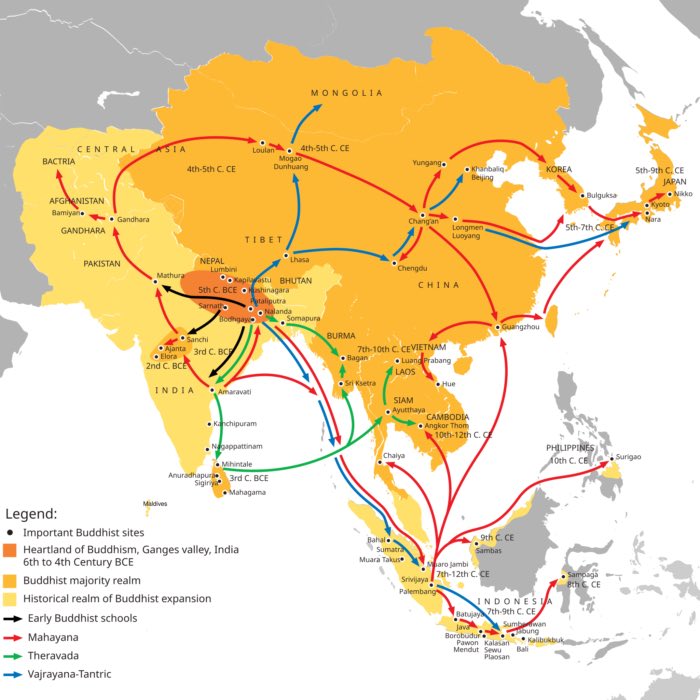

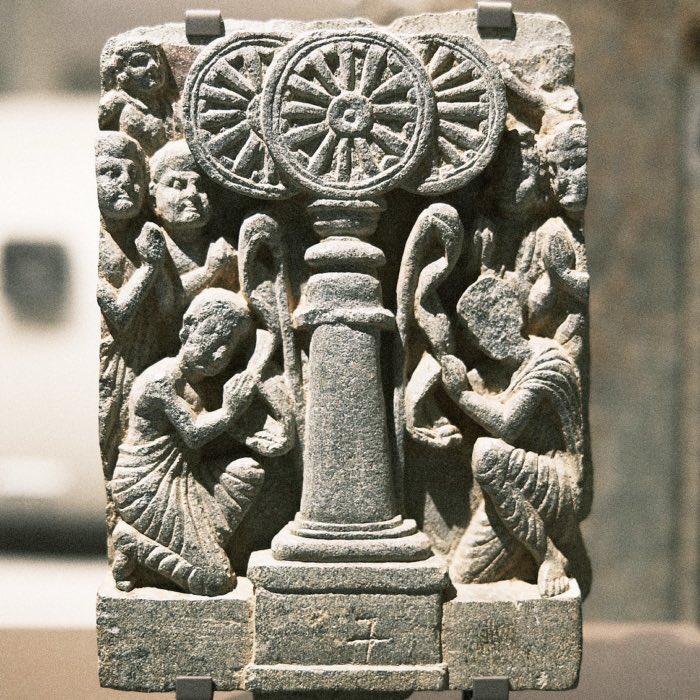


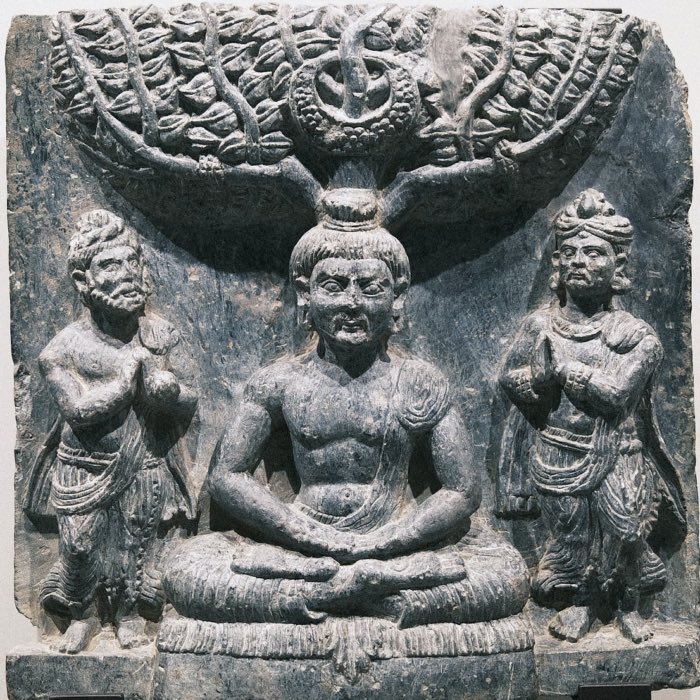



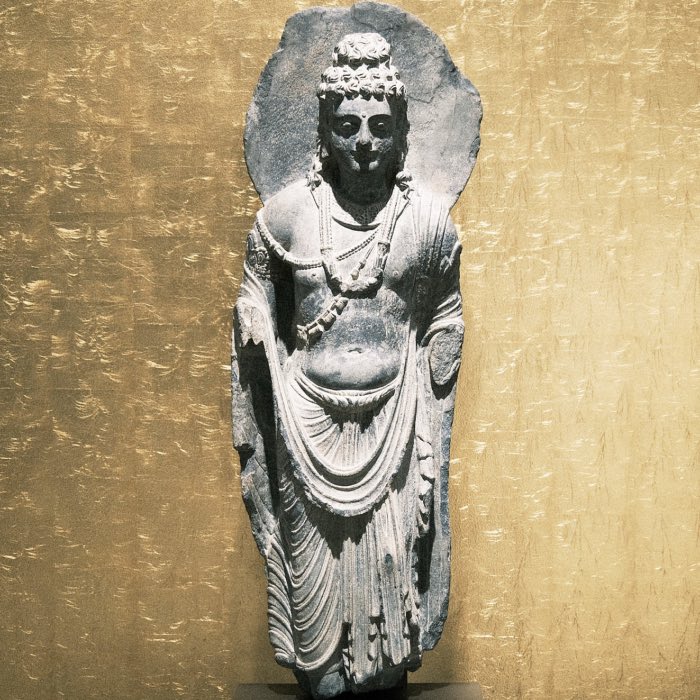

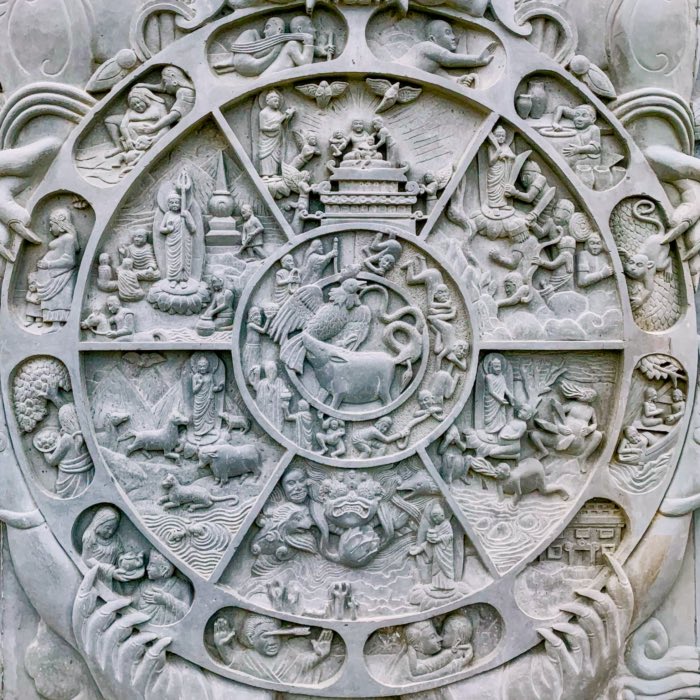

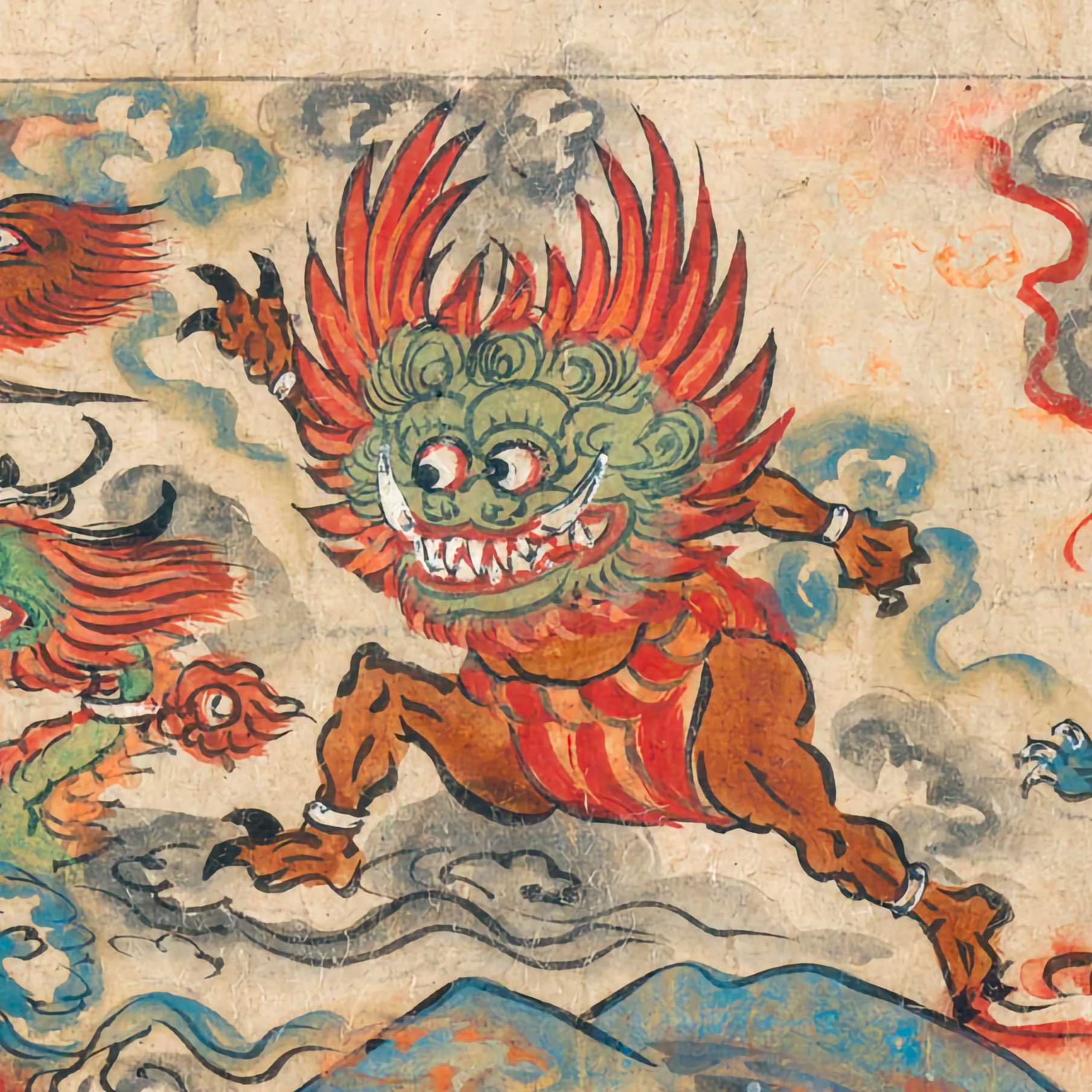





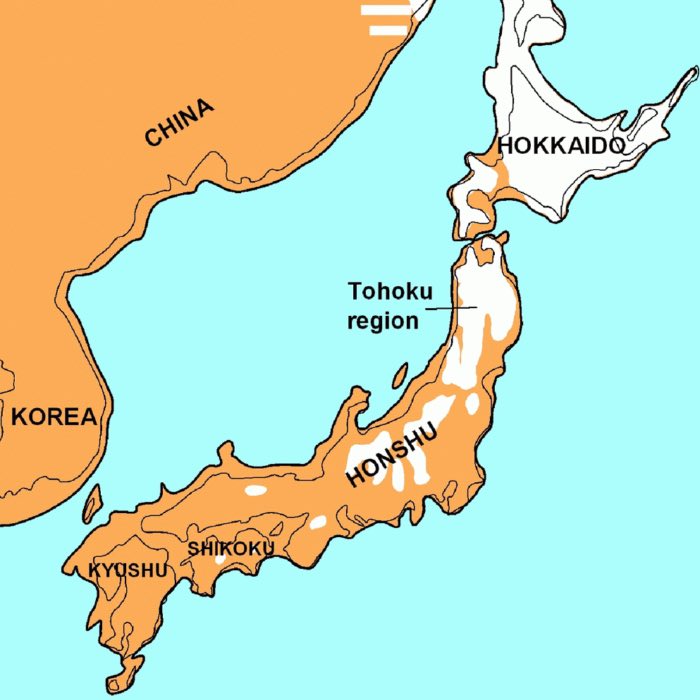



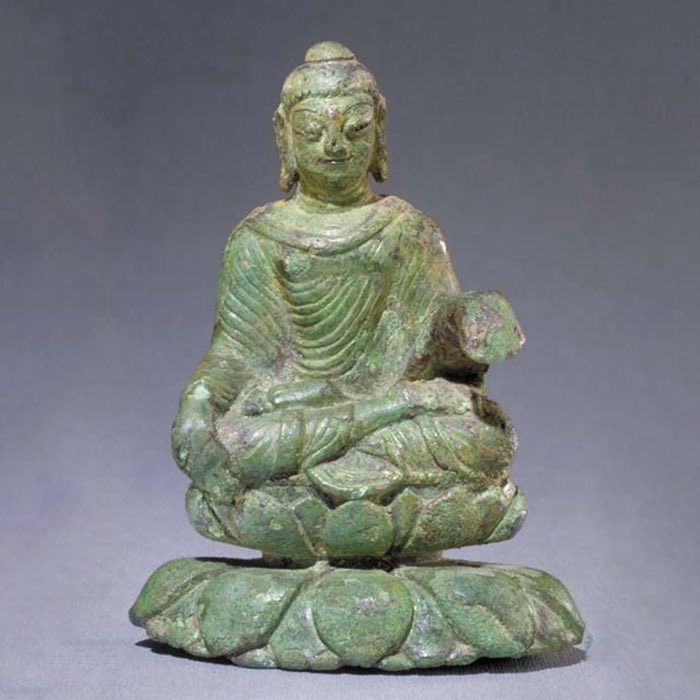

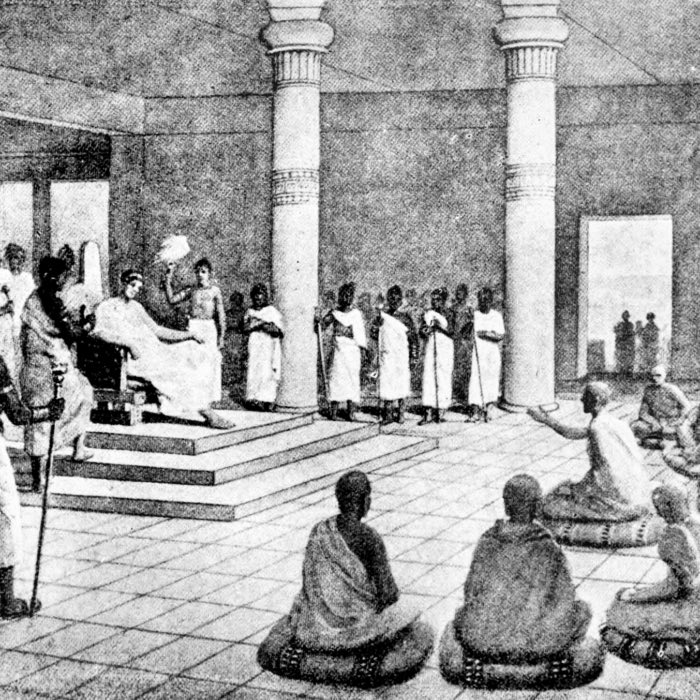

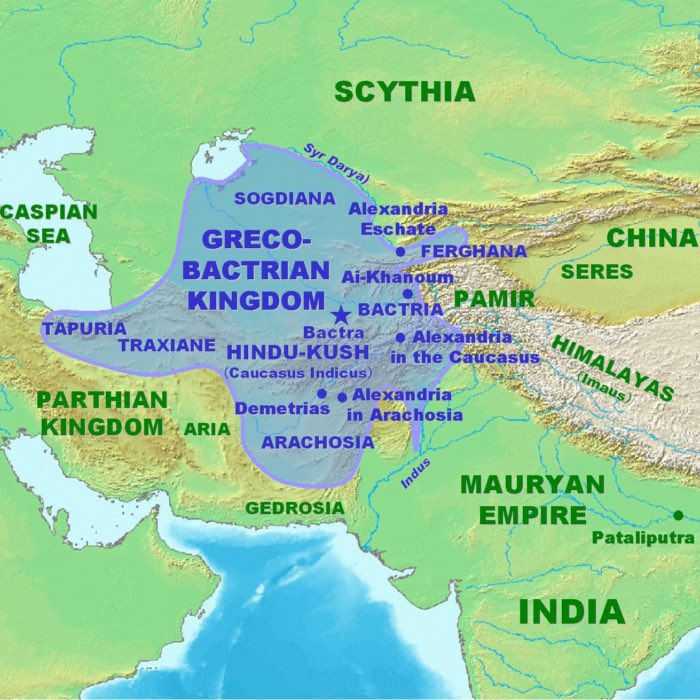
comments